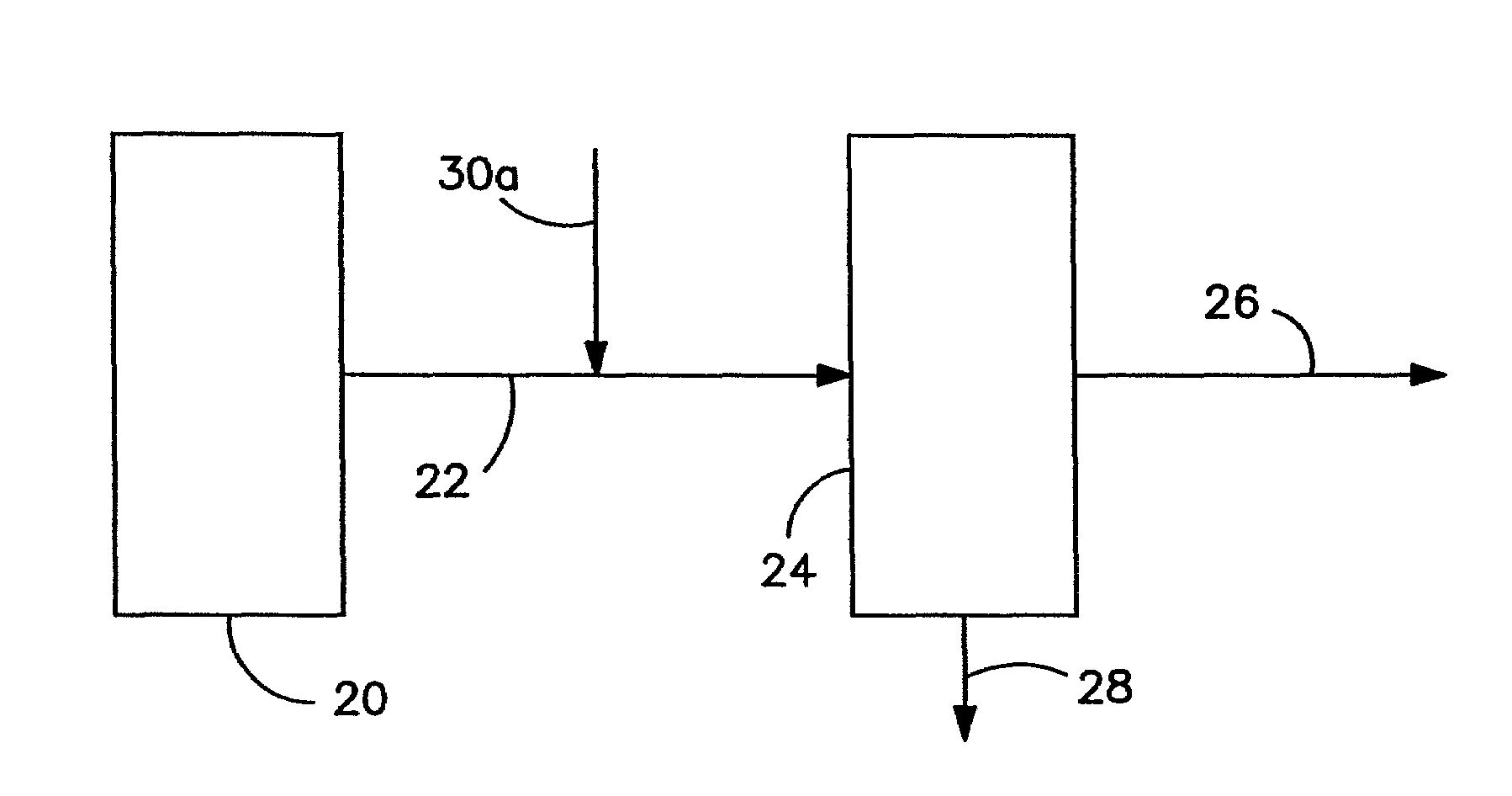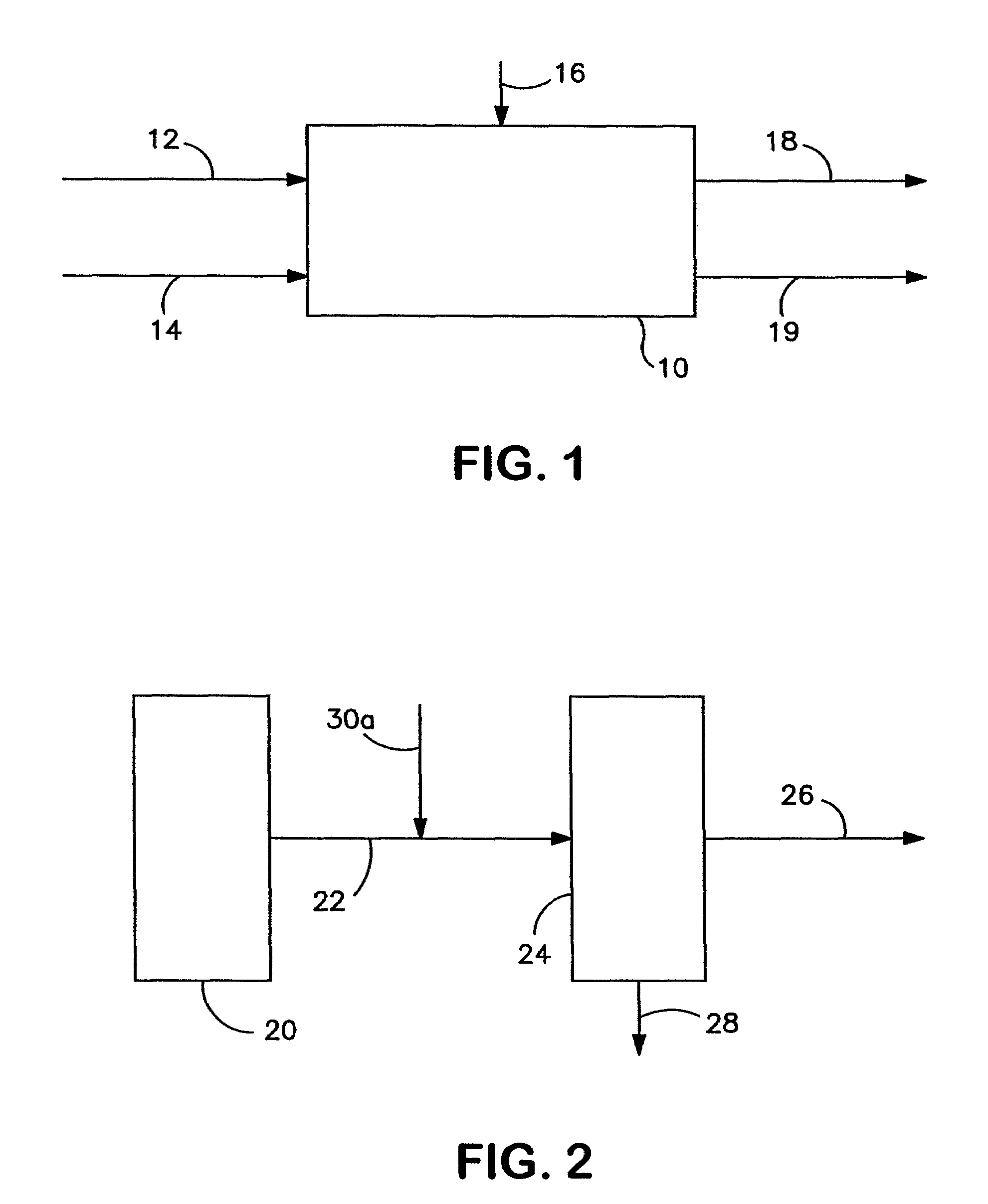Mercury adsorbents compatible as cement additives
a technology of cement additives and mercury adsorbents, which is applied in the direction of sustainable waste treatment, other chemical processes, separation processes, etc., can solve the problems of interfering with the ability to form bubbles, and achieve the effect of effectively removing mercury from the flue gas stream and reducing interference with surfactancy
- Summary
- Abstract
- Description
- Claims
- Application Information
AI Technical Summary
Benefits of technology
Problems solved by technology
Method used
Image
Examples
examples
[0078]Coals from three geological locations were used as starting materials to illustrate the present invention. They are: subbituminous coal from the Powder River Basin of Wyoming (“PRB”), lignite from Antelope Valley, N. Dak. (“NDL”) and bituminous coal from Deer Creek, outside of Huntington, Utah) (“Utah”). The Si and Ca contents of these coals (as received, prior to any combustion or other heat treatment) are given in Table 1.
[0079]
TABLE 1Silicon and Calcium Content of CoalsSiCaSample Namemmol / gmmmol / gmSi / CaWyoming Powder River Basin0.130.250.51Coal (PRB)North Dakota Antelope0.160.280.57Valley Lignite (NDL)Utah Deer Creek (Utah)0.470.212.27
[0080]Adsorbents of two different formulations were made from each of these coals. In one formulation, during the manufacture of the adsorbent NaBr was added as an additive (to give mercury removal capability), but no compound of formula Ia and / or Ib was added. In the other formulation, during the manufacture of the adsorbent NaBr and silica o...
PUM
| Property | Measurement | Unit |
|---|---|---|
| temperature | aaaaa | aaaaa |
| temperatures | aaaaa | aaaaa |
| temperature | aaaaa | aaaaa |
Abstract
Description
Claims
Application Information
 Login to View More
Login to View More - R&D
- Intellectual Property
- Life Sciences
- Materials
- Tech Scout
- Unparalleled Data Quality
- Higher Quality Content
- 60% Fewer Hallucinations
Browse by: Latest US Patents, China's latest patents, Technical Efficacy Thesaurus, Application Domain, Technology Topic, Popular Technical Reports.
© 2025 PatSnap. All rights reserved.Legal|Privacy policy|Modern Slavery Act Transparency Statement|Sitemap|About US| Contact US: help@patsnap.com


